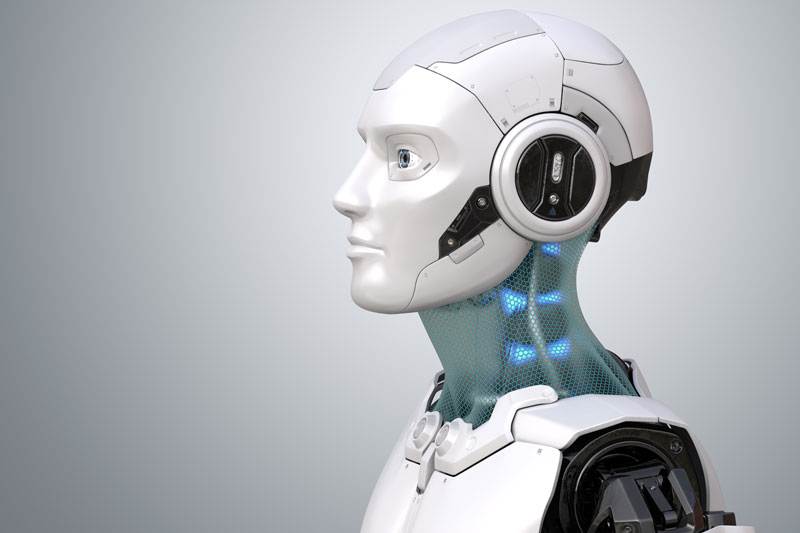What Do Robots Do In Space? What Kind of Exploration Is Possible?
Children get fascinated by outer space and the study of galaxies, because of its novelty and mysticism. Storybooks about our Universe and astronauts were a favorite for most of us in our childhood days. Day and night, we admire the stars and wonder about their pattern formations, thinking about all the fascinating wonders God has given us. The moon changes shape from waxing and waning stages, which is an amusement in itself that can be marveled closely, using a telescope.
Why do we send Robots to space?
The first Robot to ever go to space was Sputnik 1 and it was launched on October 1957 by the USSR. Since then, there was no looking back. Many countries have sent their Robots into space and it is considered a matter of pride for the nation to have a Robotic body encircling the orbit to observe and research the current scenario in space and have an edge above the rest in terms of Space Research.
It is more cost-effective to send a Robot is space, rather than sending a Human Astronaut, and therefore many Nations, including the Middle East have sent The Hope Probe (Arabic: مسبار الأمل, Misbar Al-Amal) to orbit around Mars on 9 February 2021.
A Robot is built to withstand all kinds of harsh conditions, which can be dangerous for Astronauts. Extreme cold and hot temperatures are not uncommon in outer space, and a Robot is designed to survive and thrive within the environment.
We’ve all heard of NASA and some schools encourage aspiring students who want to become space scientists, cosmologists, and astronomers, to visit NASA and have a first-hand experience of all the cool space-related stuff that happens there.
To give you a brief, NASA (National Aeronautics and Space Administration) is a U.S. Government agency that heavily invests in air and space study, to invent newer technology that brings us closer to our mission of understanding Celestial phenomena more accurately.
You would be happy to know that Artificial Intelligence or AI is not only making our lives easier on Earth but also doing wonders on Mars and other planets. The major mission of collecting samples and sending pictures to Earth, happens more effectively between the International Space Station and a Rover in space, with the help of AI. Just as a drone flies high and takes Ariel view images and video footings of the region, a space Robot has cameras that do the same.
What is a Rover?
A spacecraft carries the Rover to different planets or any other position in Space that the scientists want to explore. The intelligent Rover then covers a wide area and conducts observations to provide unseen and unheard information to us. The Apollo Lunar Roving Vehicles were used by NASA to explore the surface of the moon and the Rover named Sojourner was sent to Mars to collect pictures and to understand wind and weather Patterns on this Red planet.
Currently, Rover named Perseverance which landed within the Jezero Crater region of Mars on February of 2021 is on a mission to collect samples of rocks and regolith (broken rock and soil), which will be brought down to Earth for further study on the subject. Isn’t that cool?
Robotics as a subject in Schools
As a part of the recent STEAM (Science, Technology, Engineering, Arts, and Math) module, it is propagated that Educational Institutes include the study of Robotics in their curriculum, alongside the regular subjects. Basically, the aim is to make students 21st century equipped and ready for the outside world, well in advance. Hence, most IB educational schools in the UAE and other GCC regions, are encouraging kids to subscribe to Robotify – a popular virtual coding platform. This gives a good start to those who want to dive into the world of Robotics and maybe in the future land on Mars by inventing their own Space Vehicles. The future is indeed bright for our kids and it isn’t far-fetched until today’s Gen-Zs reach the skies!






Recent Comments